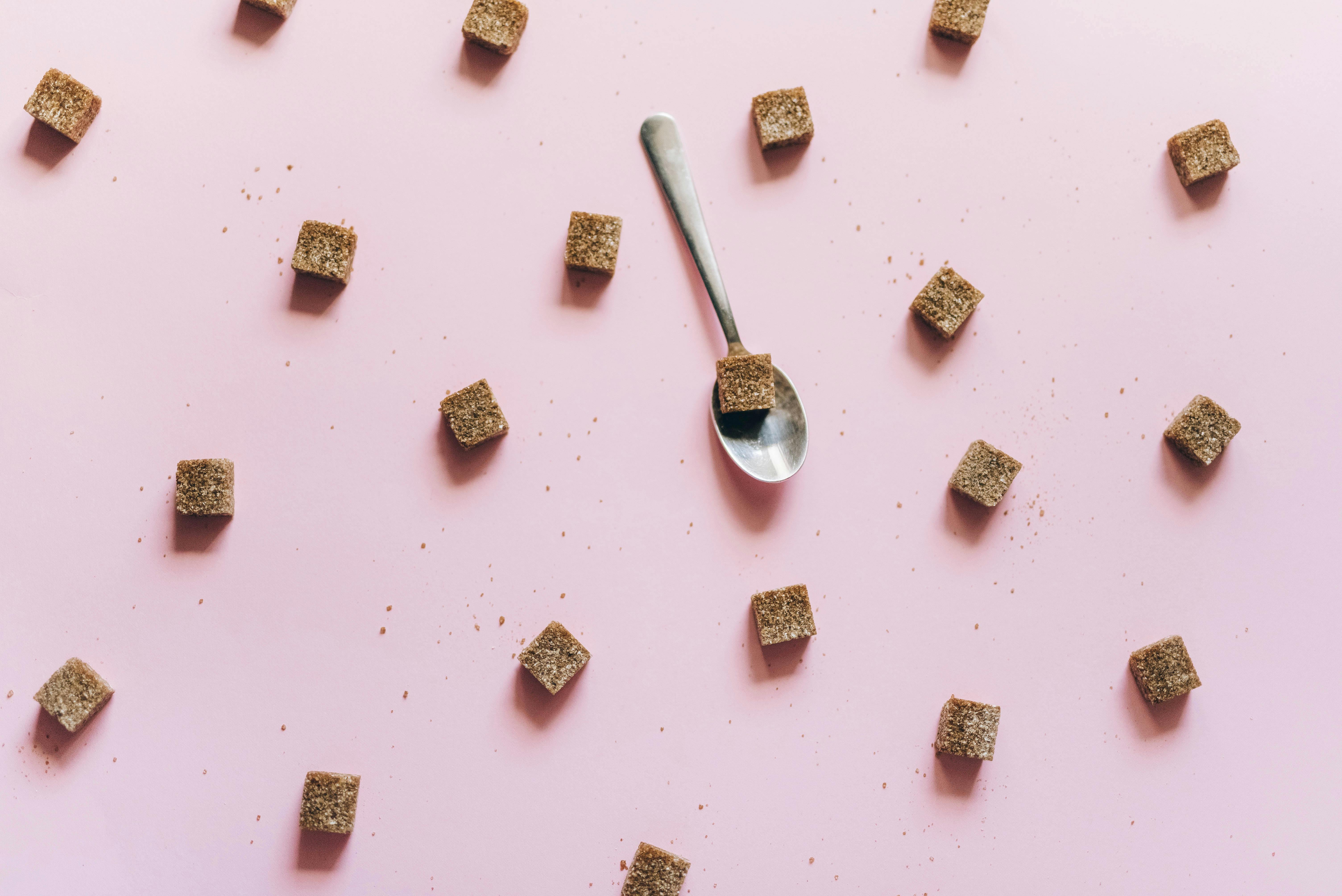Smart Ways to Optimize Your Kalorienüberschuss for Effective Weight Gain in 2025
In an era where healthy eating and personalized fitness plans are at the forefront, understanding the concept of Kalorienüberschuss (caloric surplus) has become increasingly important for those aiming to gain weight effectively. Whether you are an aspiring bodybuilder or someone looking to boost your overall body weight, a strategic approach to your caloric intake can significantly enhance your progress towards your fitness goals. With the right balance of Makronährstoffe (macronutrients) including Eiweiß (protein), Kohlenhydrate (carbohydrates), and Fette (fats), along with proper meal planning, you can tailor your diet to not just increase weight, but to build lean muscle mass and improve your overall metabolic health.

This article will guide you through effective strategies for optimizing your Kalorienüberschuss, providing insights into gesunde Ernährung (healthy eating), meal preparation, and the best foods for weight gain. Expect to learn how to maintain a balanced approach through careful Mahlzeitvorbereitung (meal prep), the importance of keeping an Ernährungstagebuch (food diary), and how to incorporate Nahrungsergänzungsmittel (supplements) when necessary. Let’s explore these concepts further to pave the way for achieving your fitness ambitions in 2025.
Understanding Your Kalorienüberschuss for Effective Weight Gain
With a clear objective in mind—whether it’s muscle building or healthy weight gain—understanding your daily caloric needs is crucial. Your Kalorienbedarf (caloric needs) can vary based on your activity level, age, gender, and overall health.
Calculating Your Daily Caloric Needs
To optimize your Kalorienüberschuss, start by determining your total daily energy expenditure (TDEE). TDEE is the total number of calories your body burns in a day, and this calculation will serve as the foundation for your weight gain plan. Begin with your basal metabolic rate (BMR), which estimates the calories required for basic bodily functions at rest. You can then adjust this figure to account for your activity level using a multiplier:
– Sedentary (little or no exercise): BMR x 1.2
– Lightly active (light exercise/sports 1-3 days/week): BMR x 1.375
– Moderately active (moderate exercise/sports 3-5 days/week): BMR x 1.55
– Very active (hard exercise/sports 6-7 days a week): BMR x 1.725
– Extra active (very hard exercise/sports & a physical job): BMR x 1.9
Strategic Caloric Surplus
Once you have your TDEE, aim for a kalorischen Überschuss by adding 250-500 kcal to your daily intake. This surplus enables gradual weight gain—ideal for muscle building while minimizing fat accumulation. Monitor your progress and adjust your caloric intake as needed to prevent plateaus.
The Role of Macronutrients
Makronährstoffe play a pivotal role in optimizing your caloric surplus. Each macronutrient contributes to weight gain differently. Generally, a higher protein intake supports muscle synthesis, while carbohydrates and healthy fats provide energy and promote overall health.
Smart Meal Planning and Preparation
Mahlzeitvorbereitung is an essential aspect of ensuring you meet your caloric and nutrient goals. Planning meals ahead not just saves time, but also helps prevent impulsive eating choices that might derail your efforts.
Creating a Balanced Meal Plan
When designing your meal plan, focus on incorporating a variety of energiedichte Lebensmittel (energy-dense foods) to ensure you’re getting enough calories. These include nuts, seeds, avocados, and starchy vegetables. A balanced plate should contain:
- Lean protein sources: chicken, fish, legumes
- Complex carbohydrates: whole grains, oats, quinoa
- Healthy fats: olive oil, avocados, fatty fish
Portions and Frequency
To maximize your caloric intake, consider increasing the number of meals you eat daily. Instead of three large meals, aim for five to six smaller meals. Employing larger portions for snacks can also enhance your daily intake.
Healthy Snack Ideas for Weight Gain
Incorporating snacks into your routine can significantly help increase your caloric consumption. Some examples include:
- Protein-rich smoothies with fruits and nut butters
- Trail mix with nuts, seeds, and dried fruits
- Cottage cheese with fruits or honey

Monitoring Your Progress with an Ernährungstagebuch
Keeping an Ernährungstagebuch is an invaluable tool for staying on track with your caloric surplus. By logging your meals and snacks, you can ensure you’re meeting your daily targets and identify areas where adjustments may be necessary.
The Benefits of Monitoring Intake
By recording your food intake, you gain insights into your eating habits, enabling you to see what foods contribute most to your caloric goals. Many find that visually tracking their progress increases accountability and motivation.
Adjusting Based on Results
Use your food diary to monitor weight changes—if you’re not gaining as desired, consider increasing portion sizes or additional snacks and reassess your TDEE. Being adaptable is key to achieving your goals.
Consulting with a Sporternährungsberater
If you find your caloric intake confusing, consulting with a Sporternährungsberater can provide personalized guidance suited to your lifestyle. They can help craft a diet that aligns with your specific fitness goals, dietary preferences, and caloric needs.
Incorporating Supplements for Optimizing Kalorienüberschuss
While it’s best to obtain nutrients from whole foods, strategic incorporation of Nahrungsergänzungsmittel can support your efforts if used correctly.
Understanding Different Supplements
Consider protein supplements to increase your protein intake without excessive bulk, while creatine can enhance performance and muscle recovery. Research specific products and consult a professional for recommendations tailored to your needs.
Timing Your Supplementation
Timing can be critical; for example, taking protein supplements post-workout can promote recovery and muscle synthesis. Also, consider Vor und nach dem Training essen to maximize nutrient absorption and energy levels.
Monitoring Supplement Effects
As with foods, keep track of supplement usage in your Ernährungstagebuch. Observing how your body responds can help refine your supplementation strategy.
Practical Tips for Successful Weight Gain
Lastly, implementing actionable strategies provides a clearer path towards reaching a healthy weight gain. By employing these tips, you can help ensure that your journey is effective and sustainable.
Setting Realistic Goals
Establish achievable targets to maintain motivation. Aiming for 0.5 to 1 kg (1 to 2 lbs) of gain per week is considered safe and manageable.
Adopting a Positive Mindset
Maintain a positive attitude towards your eating habits and fitness journey. Emphasize progress over perfection and focus on how far you’ve come.
Building a Support Network
Engaging with supportive peers or communities online can enhance motivation and accountability. Sharing goals and challenges can lead to helpful exchanges of information and encouragement.
Q&A Section for Your Weight Gain Journey
How do I know if I’m in a caloric surplus?
Monitor your weight over time; if you see an increase, you’re likely in a caloric surplus. Utilize a food diary to track your daily intake and adjust as needed.
What are the best foods for healthy weight gain?
Focus on high-calorie yet nutritious foods such as avocados, nuts, seeds, whole grains, and dairy products to increase your caloric intake while promoting overall health.
Should I take supplements for weight gain?
Only consider supplementation when you’re unable to meet your nutritional needs through whole foods. Consulting with a professional can provide tailored advice.
How frequently should I eat for optimum calorie intake?
Eating 5-6 small meals instead of three large ones can help you achieve your caloric targets more effectively. Snacks between meals can also play a crucial role.
What role does exercise play in weight gain?
Incorporating strength training will support muscle growth as you consume a caloric surplus. Ensure to balance resistance training with a proper diet to see effective results.
